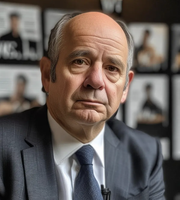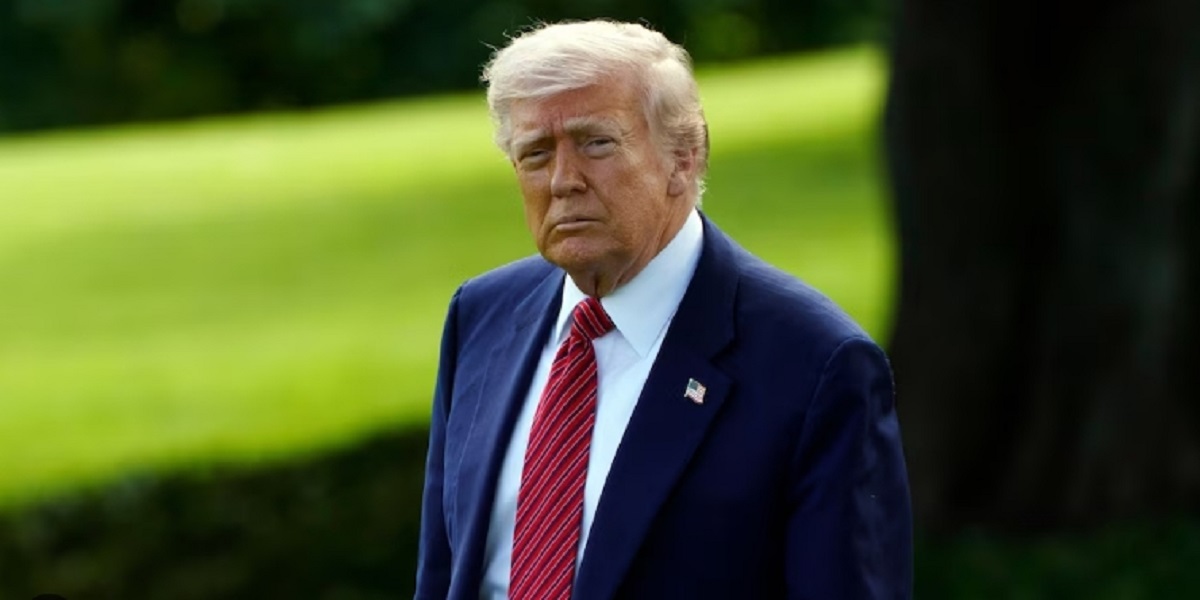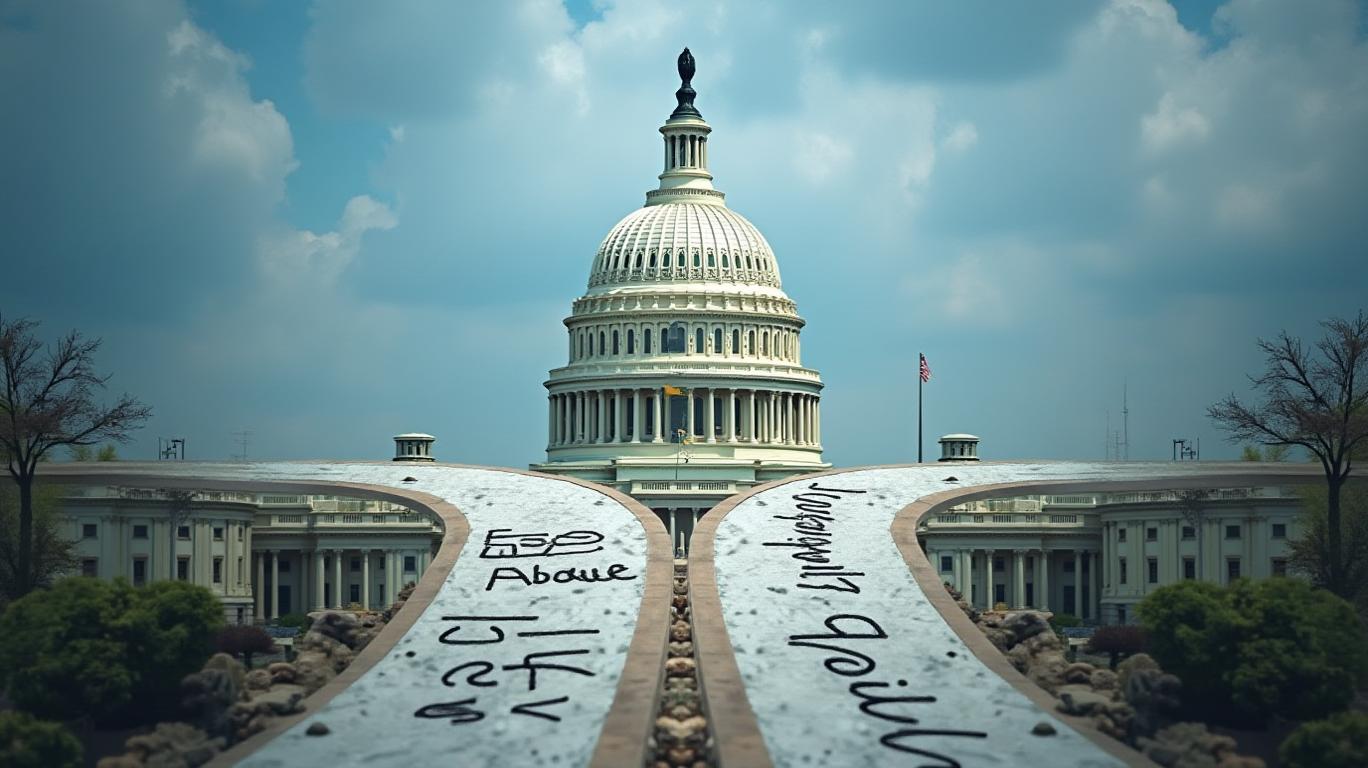Goldman Sachs' Evolving Strategy: Balancing DEI Commitments with Legal Realities
Goldman Sachs’ "One Million Black Women" initiative, a $10 billion investment program launched to address systemic inequities faced by Black women entrepreneurs, has undergone subtle yet significant adjustments to its language and public framing in 2025. These changes reflect a broader industry-wide retreat from overtly race-based terminology in diversity, equity, and inclusion (DEI) initiatives, driven by legal pressures and shifting political landscapes. While the program’s core goals—allocating capital to affordable housing, childcare, and Black-owned businesses—remain intact, its evolving narrative underscores the tension between corporate social responsibility and legal defensibility.

The Program’s Progress: Measurable Gains Amid Shifting Priorities
Since its 2020 launch, the initiative has deployed $3.6 billion of its $10 billion investment commitment, alongside $41 million in philanthropic grants. Key projects include Bloc Power, expanding broadband access in low-income New York City neighborhoods, and Residences at Woodlake, which integrates affordable housing with childcare services. The program’s Black in Business education arm, a free 10-week curriculum for sole proprietors developed with NYU Stern School of Business, has produced tangible results: 65% of alumni report increased revenues, while 94% express optimism about future growth. Nina Washington of Squared Away Trucking, a 2024 graduate, credits the program with tripling her business’s revenue through strategic mentorship.
The Shift in Language: Mitigating Legal Risks
The most notable changes, however, lie in how Goldman Sachs communicates its DEI efforts. Internal memos and external communications now avoid explicit references to race and gender in recruitment materials and program descriptions. For instance:- Recruitment: College programs previously targeting Black students are now framed as open to "all backgrounds."- Metrics: The firm has dropped explicit "diversity targets" for executive compensation, following Bank of New York Mellon’s similar move to eliminate "specific racial or gender goals."- Events: Exclusive gatherings for underrepresented groups have been rebranded to emphasize broad inclusion rather than group-specific focus.
These adjustments align with broader industry trends. J.P. Morgan’s Black undergraduate fellowship program now accepts all students "regardless of background," while Tesla removed minority references from regulatory filings. The Supreme Court’s rejection of affirmative action in higher education (Students for Fair Admissions v. Harvard, 2023) has amplified fears of litigation over perceived reverse discrimination, prompting banks to adopt "lawyerly tweaks" to DEI language.
Investor Implications: ESG Concerns and Long-Term Value
The shift raises questions about how investors perceive these changes. While Goldman Sachs maintains its financial commitments, the recalibration of DEI rhetoric could impact its ESG (environmental, social, governance) ratings—a critical factor for socially conscious investors.
Historically, GS’s stock has tracked closely with its ESG score, which includes DEI metrics. However, recent legal changes may pressure the firm to prioritize risk mitigation over explicit racial equity goals. For instance, the program’s Advisory Council—a group of 16 leaders from philanthropy, education, and business—now advises on both impact and legal compliance, ensuring initiatives like CareAcademy (which trains caregiving professionals) avoid perceptions of preferential treatment.
A Delicate Balance: Equity vs. Legality
Critics argue that softening DEI language risks undermining the program’s original intent. "Without explicit focus on race, initiatives like affordable housing may lose their targeted impact," says Dr. Darnell Green, author of Black Womenomics: Equalizing Entrepreneurship. Proponents, however, counter that the program’s measurable outcomes—such as 65% revenue growth among participants—demonstrate effectiveness regardless of terminology.
Conclusion: Navigating the New DEI Landscape
Goldman Sachs’ adjustments highlight a pivotal moment for corporate DEI strategies. While the firm continues to invest in Black women’s economic empowerment—deploying capital, expanding broadband access, and training entrepreneurs—the legal realities of 2025 compel a nuanced approach to communication. The program’s success metrics, including $3.6 billion in deployed investments and a 94% alumni growth optimism rate, suggest that substance can outweigh semantics. However, investors must monitor whether the retreat from explicit racial framing translates into diluted impact. In an era of heightened scrutiny, Goldman’s strategy exemplifies the challenge of balancing social responsibility with legal pragmatism—a balancing act that will define the future of corporate DEI initiatives.










